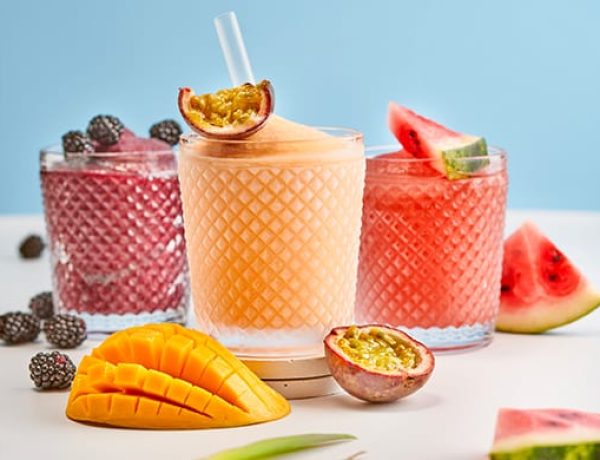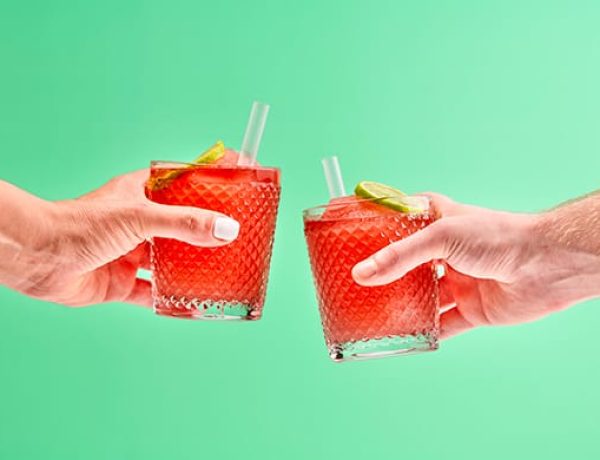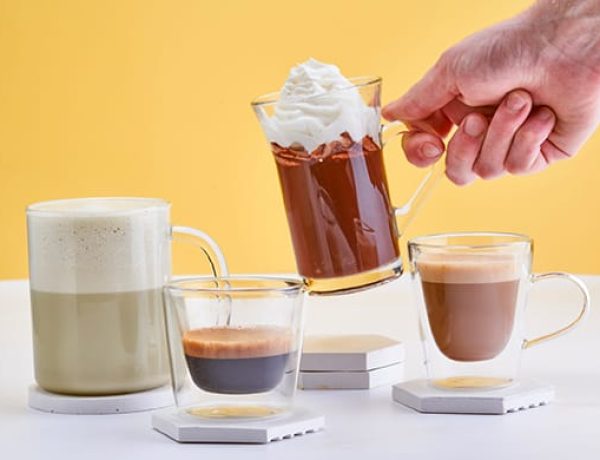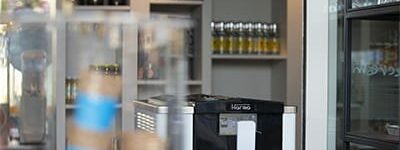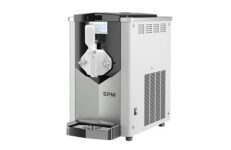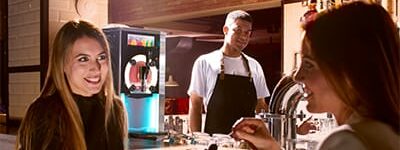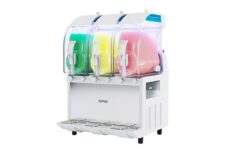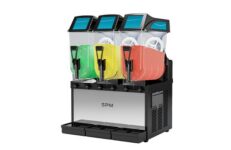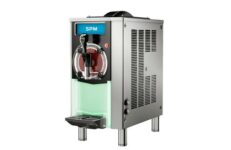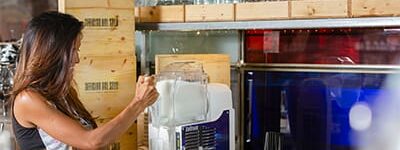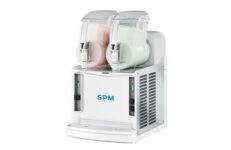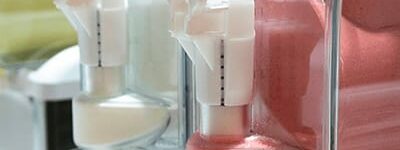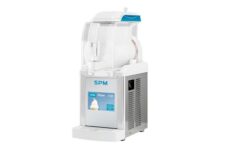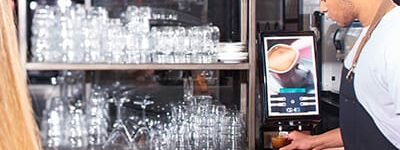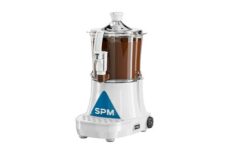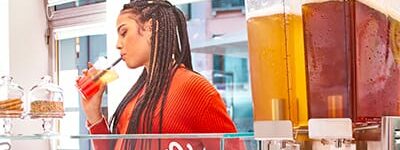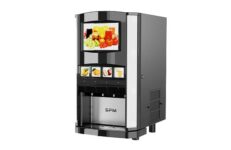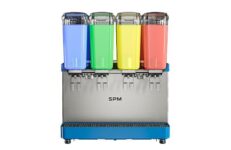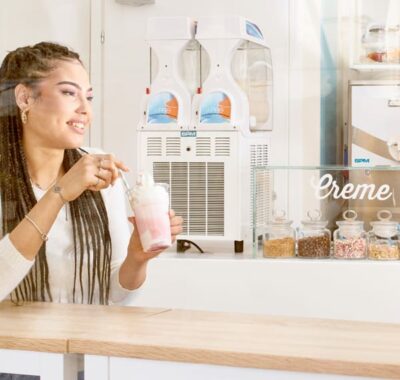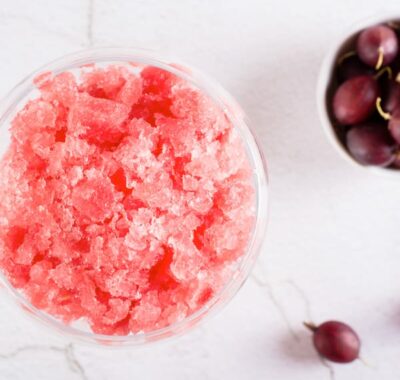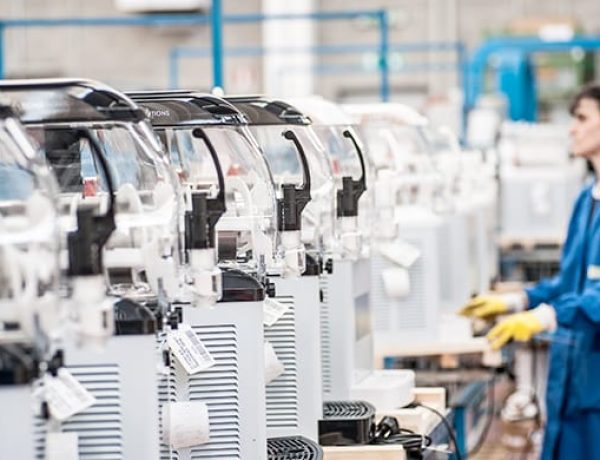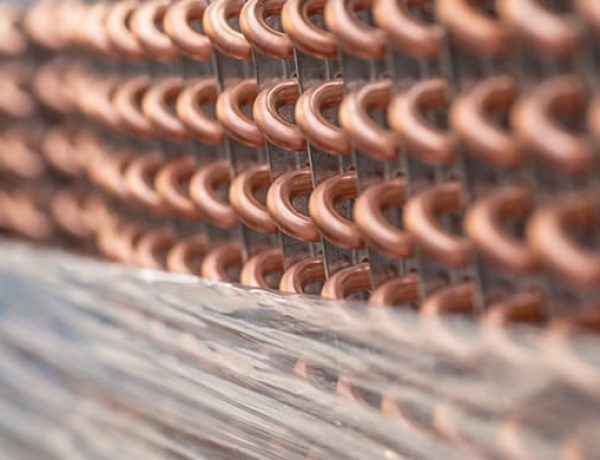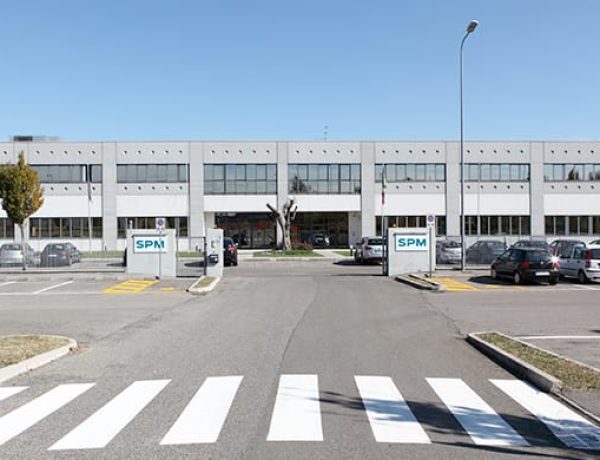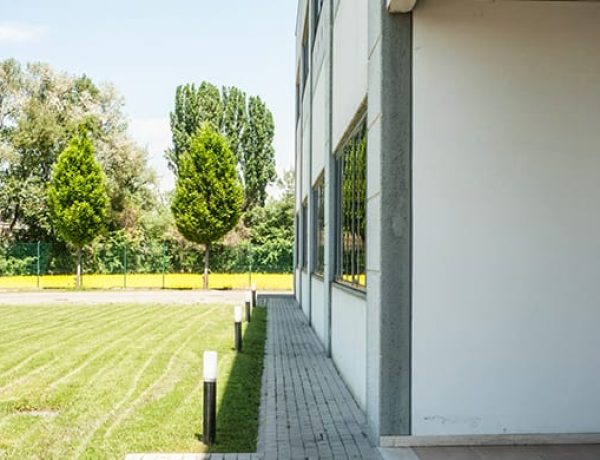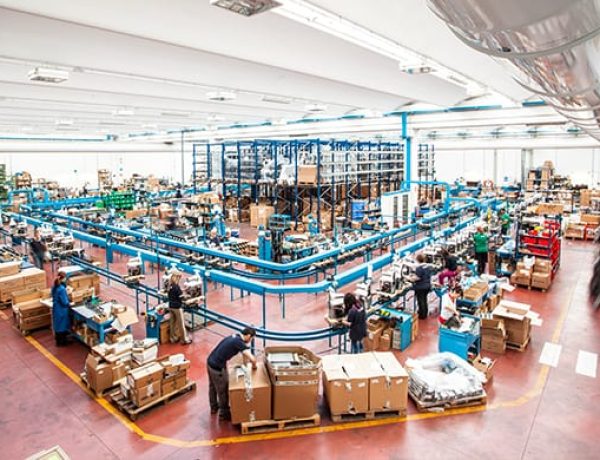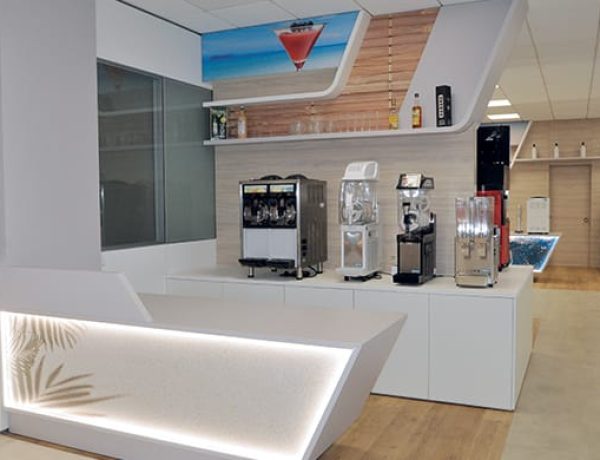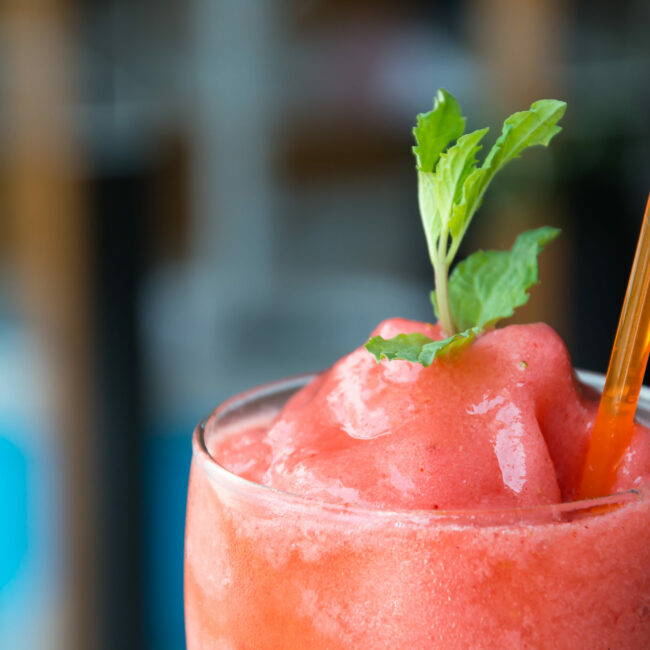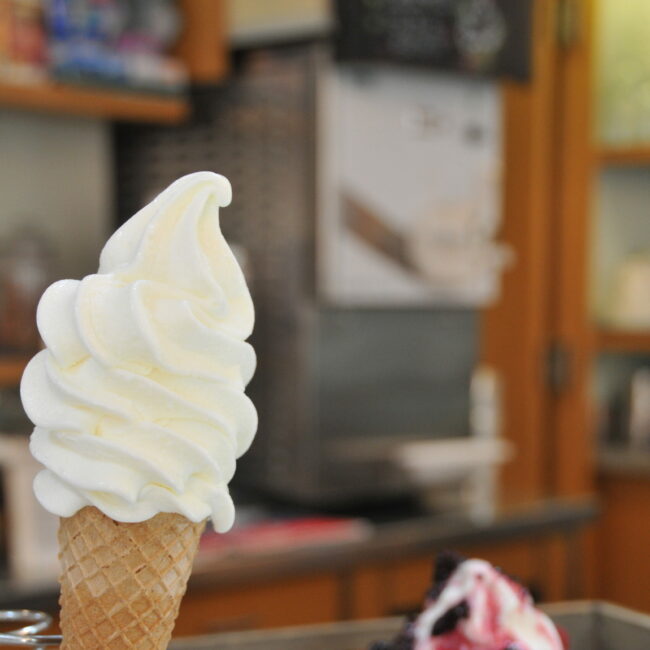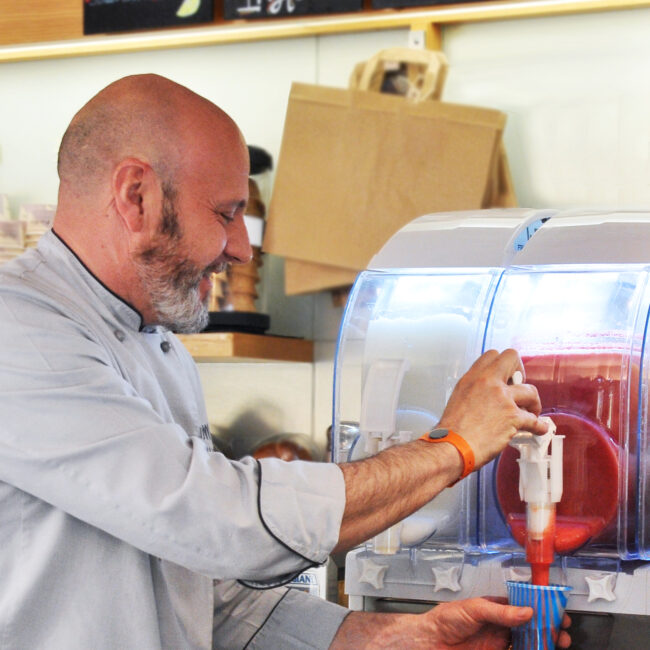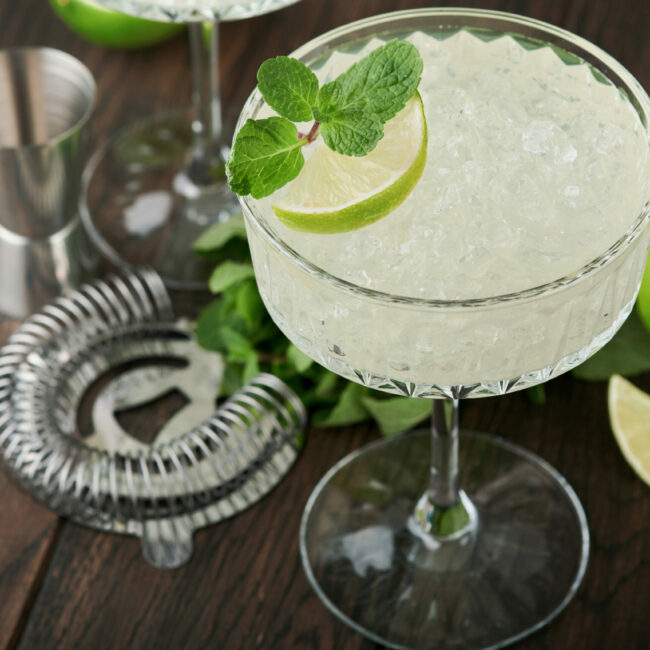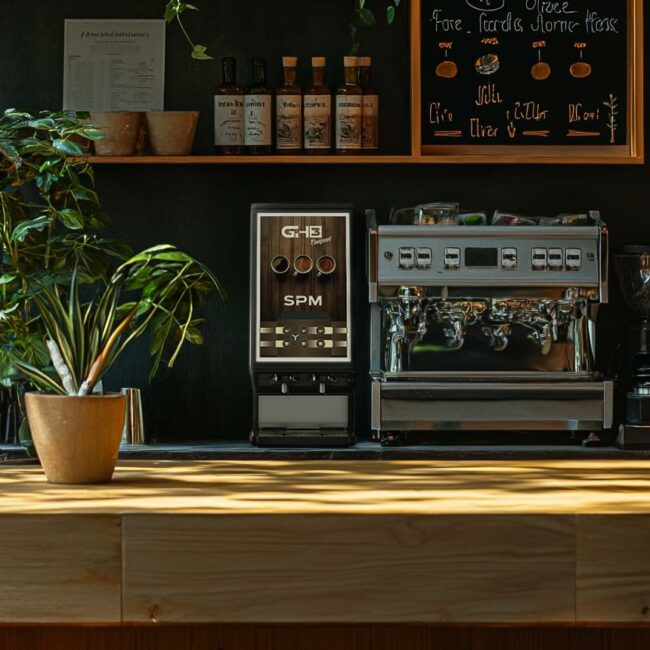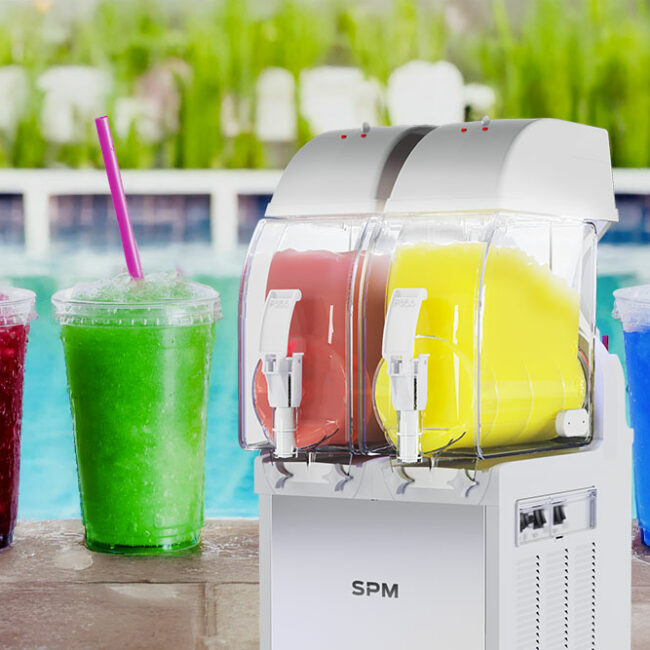How to make bubble tea with commercial tools and machines
Bubble tea has evolved from a niche beverage to a global sensation. Known for its colourful layers, chewy tapioca pearls, and sweet, tea-based flavours, it’s now a menu essential for cafés, kiosks, and high-volume venues. But how do you make bubble tea efficiently and consistently in a professional context? This guide breaks down the bubble tea recipe, ingredients, and equipment to help you deliver high-quality results at scale.
Ingredients and preparation overview
To prepare bubble tea, you need three main components.
- Tea base: typically black, green, jasmine, or oolong tea. Strongly brewed and sometimes sweetened.
- Milk or alternative: from condensed milk and creamers to oat or almond milk, depending on the desired profile.
- Toppings: tapioca pearls are the classic option, but popping boba, fruit jellies, or puddings are also popular.
You can also include flavouring syrups or fruit purées. Some shops use powdered bases for speed and consistency, while others prefer fresh infusions.
Preparation time varies depending on batching methods and ingredient formats, but in a commercial setup, it can take 15–30 minutes to prepare all elements for a full day’s service.
Brewing the tea base
The tea used in bubble tea must be brewed stronger than usual to stand out when mixed with milk and sweeteners. Best practices include:
- Use loose leaf or high-quality tea bags;
- Steep longer than usual (5–10 minutes);
- Cool and chill before use.
Tea can be brewed in batches and stored in insulated containers or refrigerated. For best flavour retention, avoid keeping tea for more than 24 hours.
Commercial operators often use cold beverage dispensers—also known as bubbler machines—to store and serve the tea base throughout the day. These machines agitate the liquid to keep it homogenised and at the ideal serving temperature.
Preparing tapioca pearls or alternatives
Tapioca pearls are boiled in water and then soaked in syrup to maintain their texture and flavour. Key tips include:
- Use a large pot with a 6:1 water-to-pearl ratio;
- Boil pearls for 20–30 minutes;
- Rest them in hot water before rinsing and transferring to syrup.
Pearls should be kept warm and used within a few hours of cooking. For venues with high turnover, multiple small batches are preferable to large, infrequent ones.
Alternatives like popping boba and fruit jellies are ready-to-use and ideal for fast-paced environments or diversified menus.
Mixing and serving techniques
The final step involves assembling the drink. Standard procedure includes:
- Add 1–2 tablespoons of tapioca pearls or chosen topping;
- Pour chilled tea base from the dispenser;
- Add milk, syrup, or fruit purée;
- Shake in a shaker or blend with ice;
- Serve in a sealed cup with wide straw.
Some venues batch milk teas in advance and store them in additional bubbler machines, especially during peak service times.
How machines simplify the process
Using commercial tools dramatically improves consistency, speed, and hygiene.
- Bubbler machines keep tea bases at optimal temperature, prevent settling, and ensure visual appeal through continuous motion.
- Machines reduce manual handling and speed up service, especially when preparing large volumes or multiple variants.
- They also support cold milk teas and fruit-based versions, offering flexibility in menu planning.
SPM’s line of bubbler dispensers is ideal for bubble tea service, supporting tea base batching and efficient ingredient dispensing throughout the day. Compact, energy-efficient, and visually appealing, they’re a smart addition to any high-traffic beverage operation.
With the right workflow and tools, bubble tea becomes more than a trend—it becomes a high-margin, customer-favourite offering in your business.
Want to know more about
our products?
For any support or information, do not hesitate to contact us!

